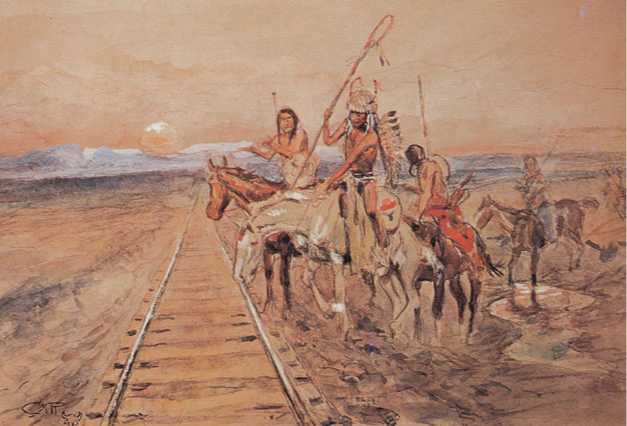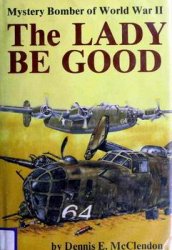For 250 years the Indians had been driven back steadily, yet on the eve of the Civil War they still inhabited roughly half the United States. By the time of Hayes’s inauguration in 1877, the Indians had been shattered as independent peoples, and in another decade the survivors were penned up on reservations, the government committed to a policy of extinguishing their way of life.
In 1860 the survivors of most of the eastern tribes were living peacefully in Indian Territory, what is now Oklahoma. In California the forty-niners had made short work of many of the local tribes. Elsewhere in the West—in the deserts of the Great Basin between the Sierras and the Rockies, in the mountains themselves, and on the semiarid, grass-covered plains between the Rockies and the edge of white civilization in eastern Kansas and Nebraska—nearly a quarter ofa million Indians dominated the land.
By far the most important lived on the High Plains. From the Blackfoot of southwestern Canada and the Sioux of Minnesota and the Dakotas to the Cheyenne of Colorado and Wyoming and the Comanche of northern Texas, the plains tribes possessed a generally uniform culture. All lived by hunting the hulking American bison, or buffalo, which ranged over the plains by the millions. The buffalo provided the Indians with food, clothing, and even shelter, for the famous Indian tepee was covered with hides. On the treeless plains, dried buffalo dung was used for fuel. The buffalo was also an important symbol in Indian religion.
Although they seemed the epitome of freedom, pride, and self-reliance, the Plains Indians had begun to fall under the sway of white power. They eagerly adopted the products of the more technically advanced culture—cloth, metal tools, weapons, and cheap decorations. However, the most important thing the whites gave them had nothing to do with technology: It was the horse.
The horse was among the many large mammals that became extinct in the Western Hemisphere around 8000 BP. Cortes reintroduced the horse to America in the sixteenth century. Multiplying rapidly thereafter, the animals soon roamed freely from Texas to Argentina. By the eighteenth century the Indians of the plains had made them a vital part of their culture.
Horses thrived on the plains and so did their masters. Mounted Indians could run down buffalo instead of stalking them on foot. They could move more easily over the country and fight more effectively too. They could acquire and transport more
More important—to enable the government to negotiate separately with each tribe. It was the classic strategy of divide and conquer.

In Charles Russell's Trail of the Iron Horse (1910) the steel rails stretch nearly to the sun, while wispy brushstrokes depict the Indians almost as ghosts.
Although it made a mockery of diplomacy to treat Indian tribes as though they were European powers, the United States maintained that each tribe was a sovereign nation, to be dealt with as an equal in solemn treaties. Both sides knew that this was not the case. When Indians agreed to meet in council, they were tacitly admitting defeat. They seldom drove hard bargains or broke off negotiations. Moreover, tribal chiefs had only limited power; young braves frequently refused to respect agreements made by their elders.
Possessions and increase the size of their tepees, for horses could drag heavy loads heaped on A-shaped frames (called travois by the French), whereas earlier Indians had only dogs to depend on as pack animals. The frames of the travois, when disassembled, served as poles for tepees. The Indians also adopted modern weapons: the cavalry sword, which they particularly admired, and the rifle. Both added to their effectiveness as hunters and fighters. However, like the whites’ liquor and diseases, horses and guns caused problems. The buffalo herds began to diminish, and warfare became bloodier and more frequent.
After the start of the gold rush the need to link the East with California meant that the tribes were pushed aside. Deliberately the government in Washington prepared the way. In 1851 Thomas Fitzpatrick—an experienced mountain man, a founder of the Rocky Mountain Fur Company, scout for the first large group of settlers to Oregon in 1841 and for American soldiers in California during the Mexican War, and now an Indian agent—summoned a great “council” of the tribes. About 10,000 Indians, representing nearly all the plains tribes, gathered that September at Horse Creek, thirty-seven miles east of Fort Laramie, in what is now Wyoming.




 World History
World History









